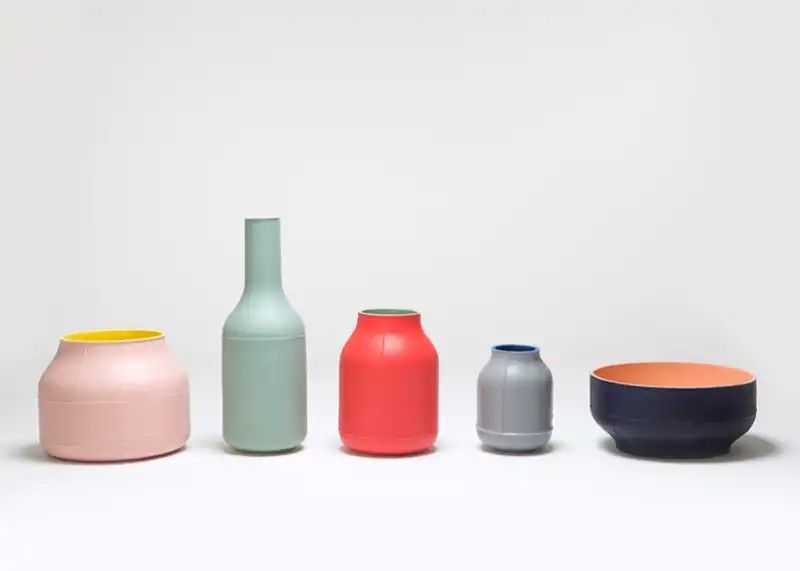Potter josiah wedgwood opened the first modern ceramics factory in stoke on trent england in 1759 austrian chemist carl josef bayer working for the textile industry in russia developed a process to separate alumina from bauxite ore.
Manufacturing process ceramics.
Nowadays ceramics are designed and engineered to be industrial strength products.
We will discuss all the production process methods used in the ceramic industry.
The basic steps include raw material procurement beneficiation mixing forming green machining drying presinter thermal processing glazing firing final processing and.
The initial step in ceramic tile manufacture involves mixing the ingredients.
Once polymerized the photopolymer constitutes a composite of interconnected polymer matrix around ceramic particles and provides the cohesion of the green body upon exposure of the uv.
There are different production process methods are used in the ceramic production process.
Industrial ceramics however although made using the same materials serve different purposes.
Ceramics are primarily kaolin and ball clay.
Coke is now widely used to produce carbide ceramics.
I will help you see.
Ceramics are typically produced by the application of heat upon processed clays and other natural raw materials to form a rigid product.
Industrial ceramics are used to provide support to machines or machine parts and to enhance the yield of manufacturing processes.
The term ceramic forming describes the process of production of ceramic components from natural or synthetic raw materials.
Because ceramics employ many different types of manufacturing processes we want to help you understand them the following is a basic outline.
It will give you a good idea of what it takes to manufacture ceramic parts.
If wet milling is used the excess water is removed using filter pressing followed by spray drying.
11 7 2 process description1 3 5 figure 11 7 1 presents a general process flow diagram for ceramic products manufacturing.
Steps in the tile manufacturing process are.
Since the ceramics industry is so large and covers a wide range of products from traditional ceramics such as pottery and chinaware to a more complicated technical ceramics for chemical mechanical or thermal applications i am going to provide you with a brief overview of the manufacturing process of traditional ceramics.
During batching the raw materials are included in a formulated percentage known as composition or in other the composition decides the amount of raw material to be taken to the manufacturing process.
The purpose of ceramics processing to an applied science is the natural result of an increasing ability to refine develop and characterize ceramic materials.
The manufacturing process requires the formulation of a photoreactive medium containing a photocurable resin and powders ceramic fillers prior to uv exposure.





























